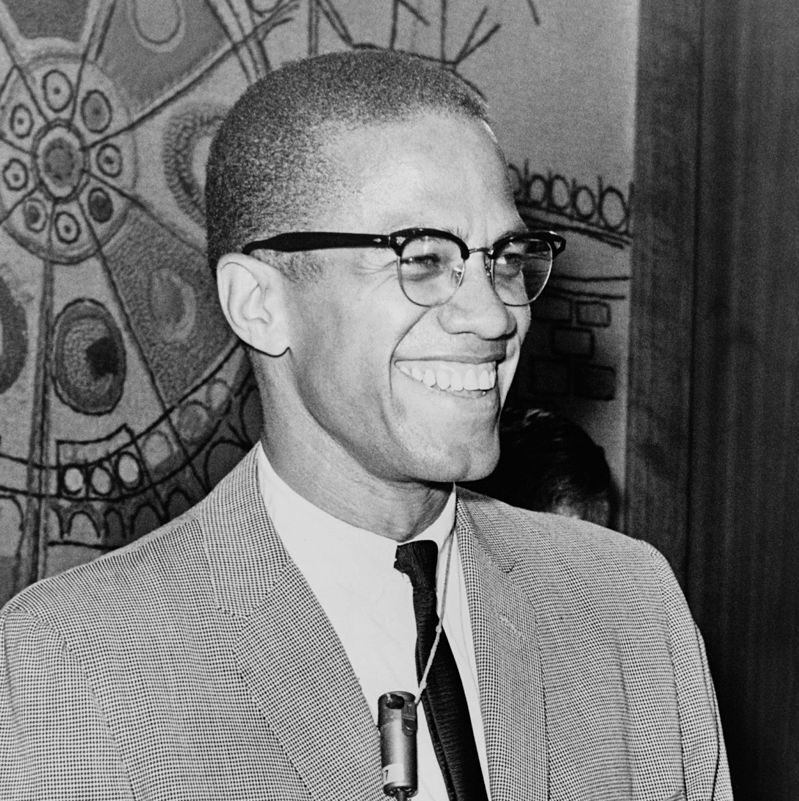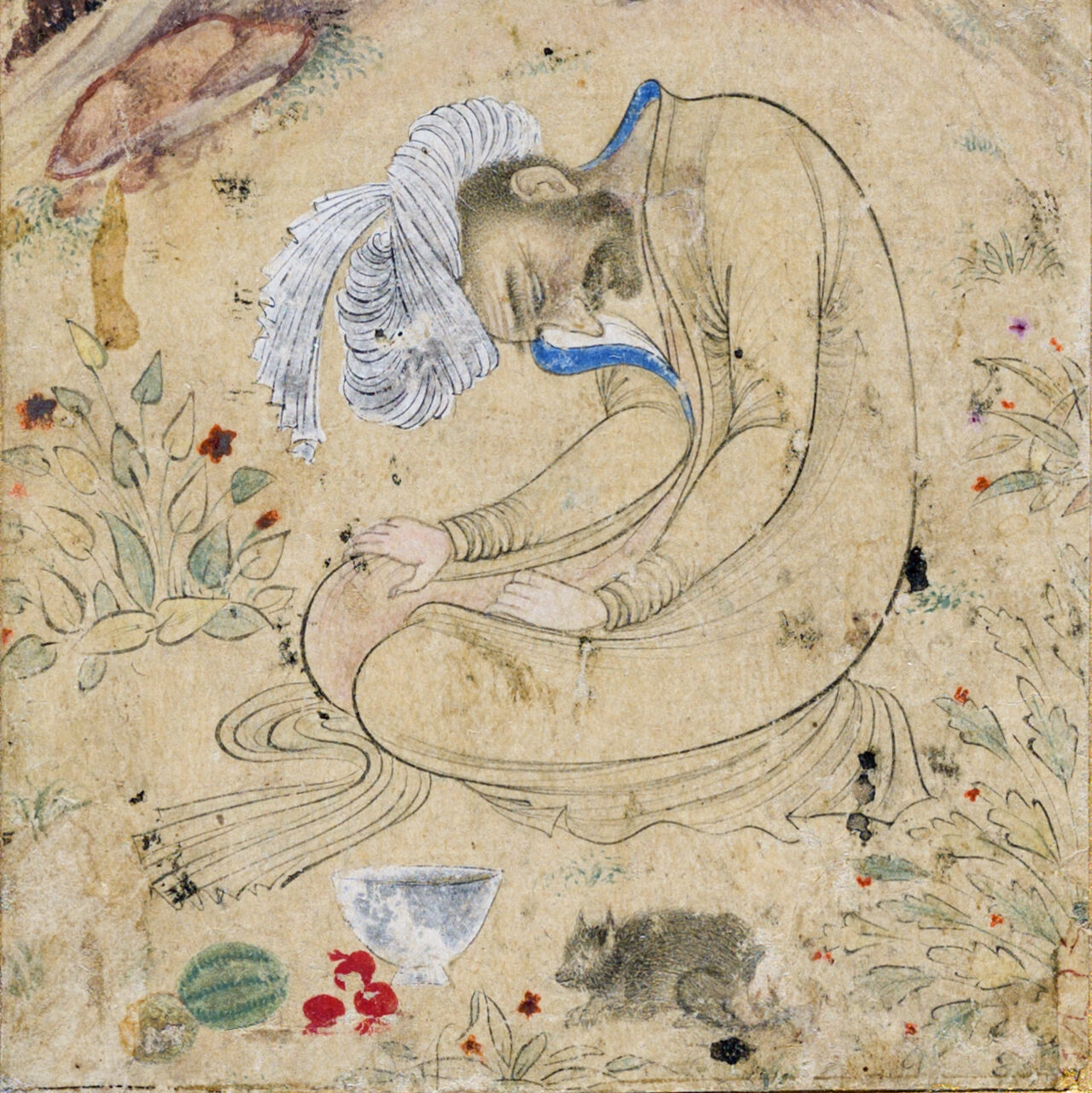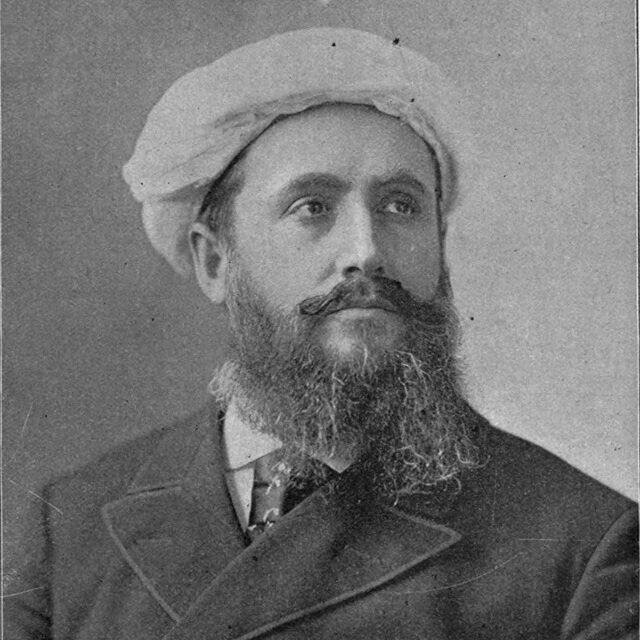I currently teach courses about Islam, material religion, ethnography, and digital humanities as the Visiting Instructor Professor of Religious Studies at Kenyon College. During my doctoral work at the University of Pennsylvania, I was the teaching assistant for religious studies courses about Islam, modernity, science, and sport. I have also designed and facilitated workshops for graduate students as part of the University of Pennsylvania’s Center for Teaching and Learning TA training (with which I have a teaching certificate), and sharpened my pedagogy through teaching workshops, such as those run by the Wabash Center.
Prior to coming to Penn, I worked extensively in education in and around Philadelphia at all age levels. I ran an Arab arts & culture after-school program, managed an annual youth summer camp, coordinated professional development programs for arts and language teachers, assisted teaching artists in university courses, and led classroom demonstrations and workshops. I also designed and facilitated a year-long interfaith youth dialogue program and taught religious studies classes for high school students about religion and film, interfaith work, and various religious traditions.
Please find a selection of sample syllabi below.
Sample Syllabi
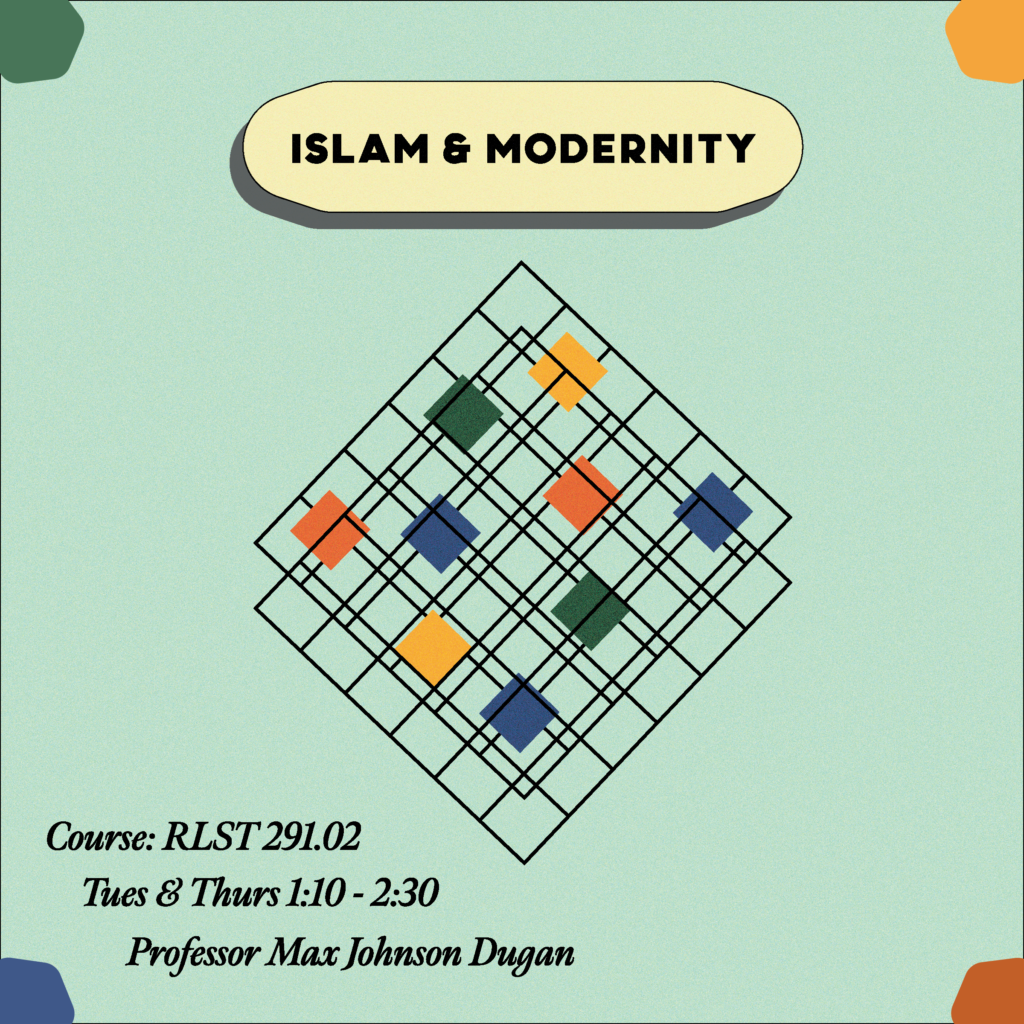
Islam & Modernity
What does it mean to be Muslim in a modern world? How do enactments of Islamic tradition change, if at all, as they interface with modernity/ies? How do formations like colonialism, secularism, and capitalism shape Islamic tradition, and how have Muslims engaged with Islamic tradition in their opposition to and/or embrace of those formations?
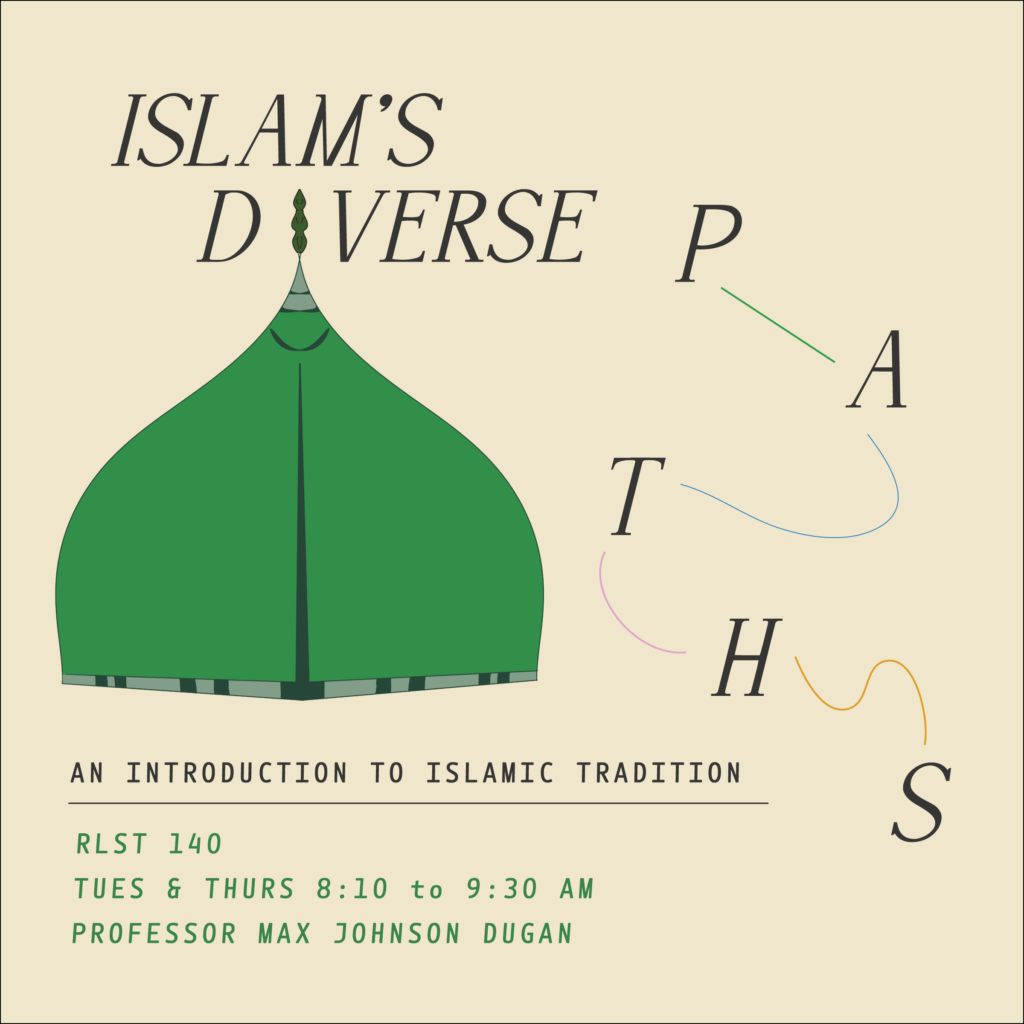
Islam’s Diverse Paths: An Introduction to Islamic Tradition
What is Islam? What are its essentials, if such essentials exist? How does Islam change, if at all, across time and place? And how does Islam interface with structures of power, like race, social class, and gender?
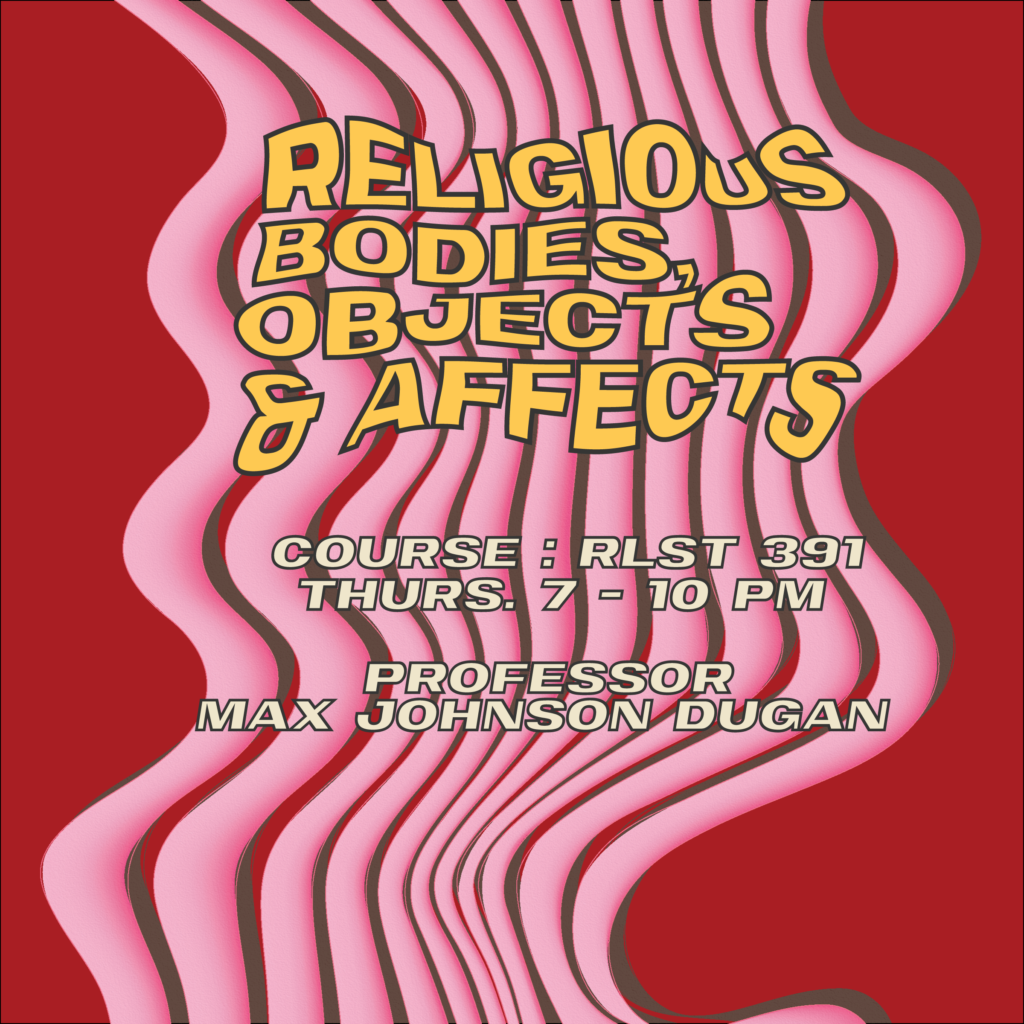
Religious Bodies, Objects, & Affects
What makes a body, object, or feeling religious? What forms of power might we discern if we turn our attention from ideas and language to the material and affective? And how might we rigorously analyze religious emotions given their subjectivity and ephemerality?
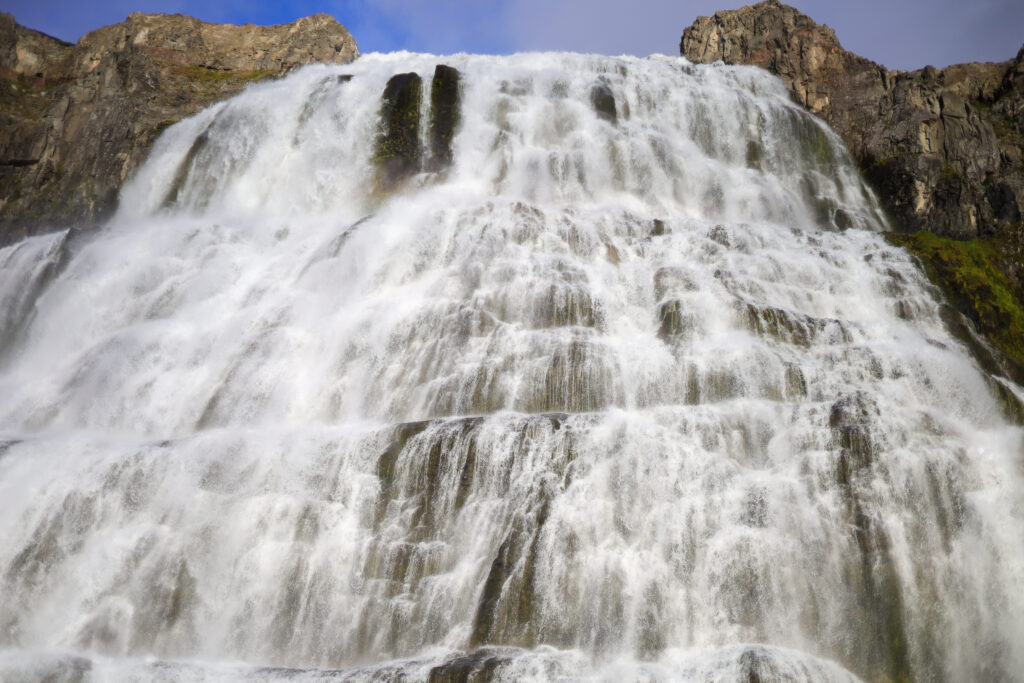
Encountering Religion in its Global Context
What makes something religious? What is religion? How do religions change across time, place, and body? When we learn about religion in an academic context, what are our hopes, goals, and obligations?
Islam in North America
What bearing does the history of Islam in Americas have on contemporary Muslims in North America and around the world? How has Islam in North America influenced and been influenced by the surrounding material circumstances? What might we learn about Islamic culture and North America through answering these questions?
Islam and the Body
What is an Islamic body? How has the body been conceptualized and conditioned in Islamic cultures? What might we ascertain about Islamic societies by examining embodied practices? What methods have been used to study the body in Islamic culture and how can we learn from them?”
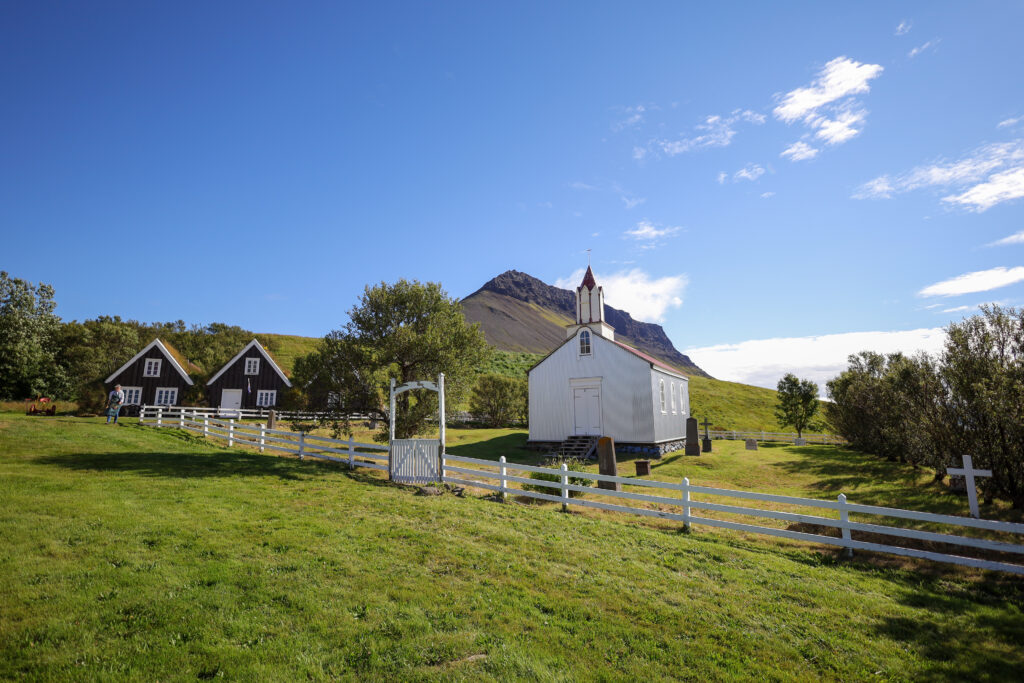
Introduction to Religious Studies
What is religion? Scholars of religion continue to disagree about definitions of religion and if defining “religion” is even a productive activity at all. How have these scholars built their arguments? How might we use the concepts and methods of these scholars to learn about topics that interest us? What makes “good” method and “good” writing?”
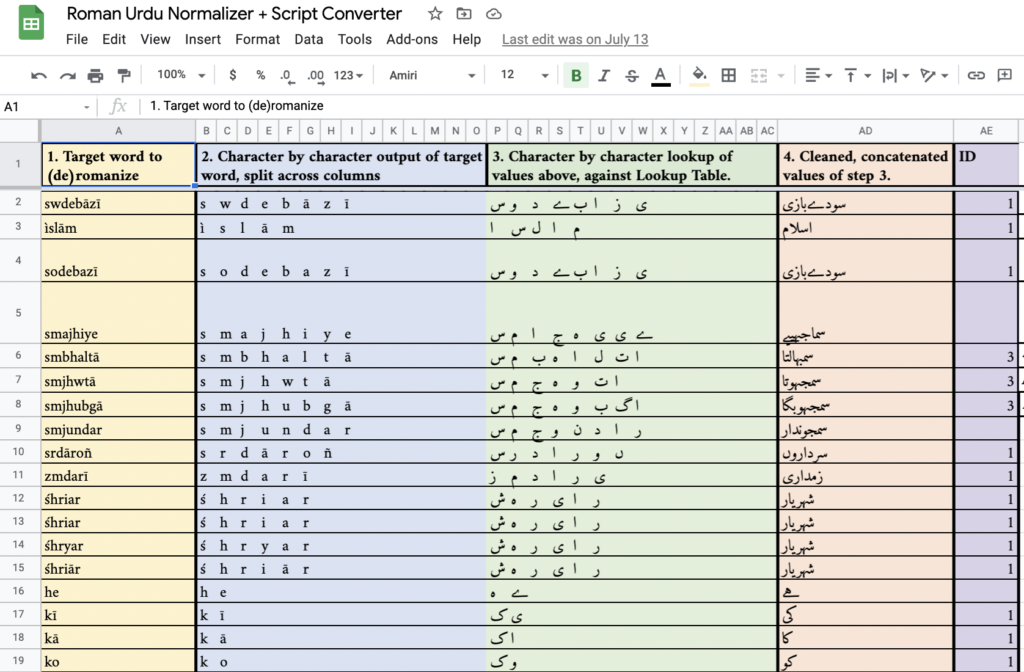
Religious Studies and DH
How do computers, social media, and big data change humanistic scholarship? What challenges and opportunities arise from these emergent modes of collecting, analyzing, and exhibiting information? How might theories and methods from the study of religion chart new directions for the digital humanities?
Religion in America
What, if anything, is particular about religion as it exists in America? How have the material, political, and social realities of America impacted religion in America? Conversely, how have religious communities, activities, and commitments shaped America? What concerns and concepts have animated the study of religion in America so far, and what new ones might we add to those conversations in this course?
